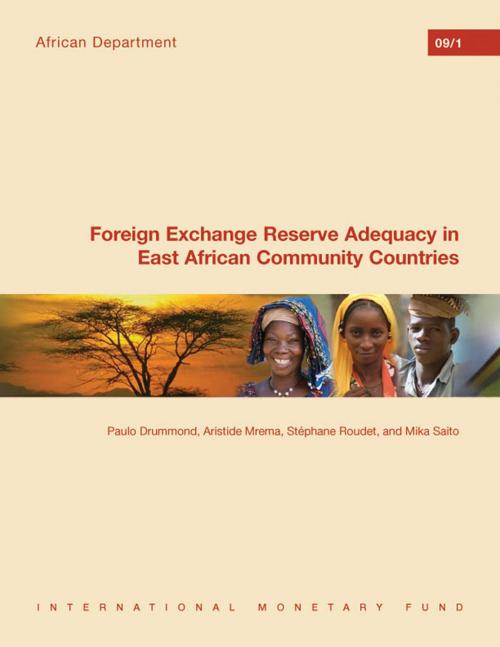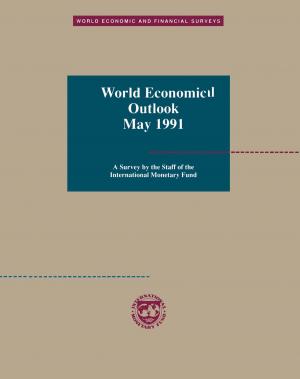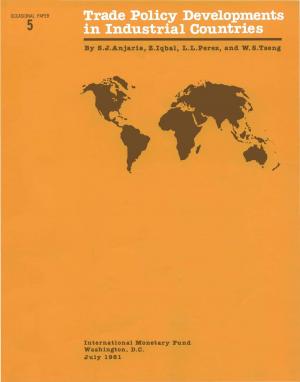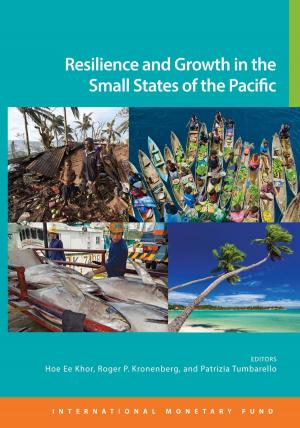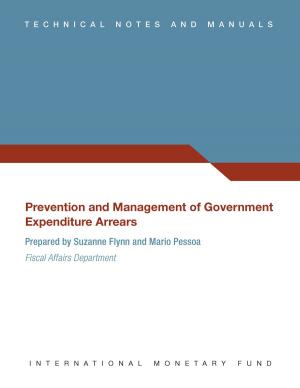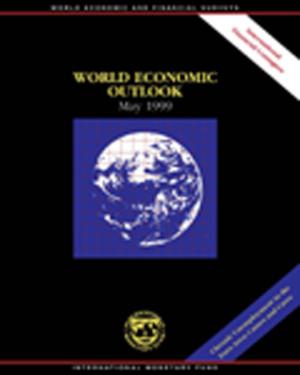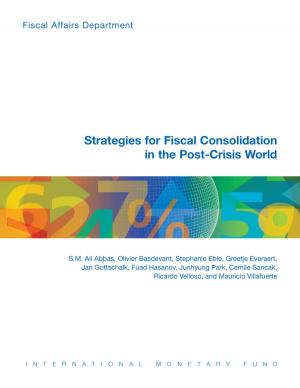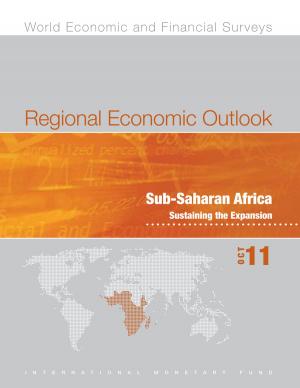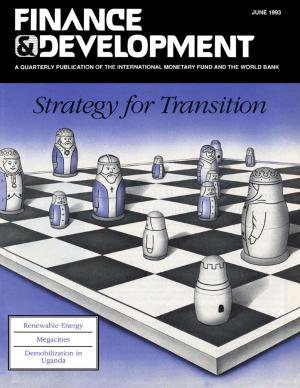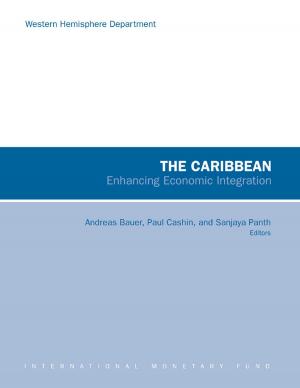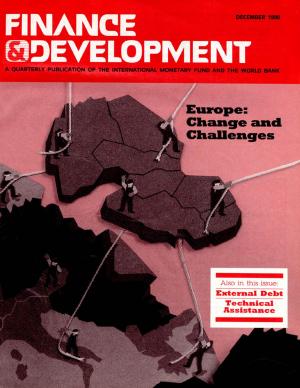Foreign Exchange Reserve Adequacy in East African Community Countries
Business & Finance, Economics, International Economics, Nonfiction, Social & Cultural Studies, Political Science, Politics, Economic Policy| Author: | International Monetary Fund | ISBN: | 9781452762463 |
| Publisher: | INTERNATIONAL MONETARY FUND | Publication: | December 15, 2009 |
| Imprint: | INTERNATIONAL MONETARY FUND | Language: | English |
| Author: | International Monetary Fund |
| ISBN: | 9781452762463 |
| Publisher: | INTERNATIONAL MONETARY FUND |
| Publication: | December 15, 2009 |
| Imprint: | INTERNATIONAL MONETARY FUND |
| Language: | English |
The concomitant external shocks experienced in 2008-09 by the East African Community (EAC) countries of Kenya, Rwanda, Tanzania, and Uganda and stepped-up support by the IMF—including the SDR allocation—and other donors, are likely to arouse renewed interest in the question of the adequate level of international reserves. This paper discusses the evolution of reserve holdings in EAC countries and uses several tools for assessing reserve adequacy in the region. The analysis suggests that reserve levels in most cases seem to include safety buffers, and thus, do not require immediate action. However, the situation could become tighter if export recovery is delayed or export prices do not pick up. Over the medium term, the desirable reserve path should also be adapted to regional and international integration.
The concomitant external shocks experienced in 2008-09 by the East African Community (EAC) countries of Kenya, Rwanda, Tanzania, and Uganda and stepped-up support by the IMF—including the SDR allocation—and other donors, are likely to arouse renewed interest in the question of the adequate level of international reserves. This paper discusses the evolution of reserve holdings in EAC countries and uses several tools for assessing reserve adequacy in the region. The analysis suggests that reserve levels in most cases seem to include safety buffers, and thus, do not require immediate action. However, the situation could become tighter if export recovery is delayed or export prices do not pick up. Over the medium term, the desirable reserve path should also be adapted to regional and international integration.
